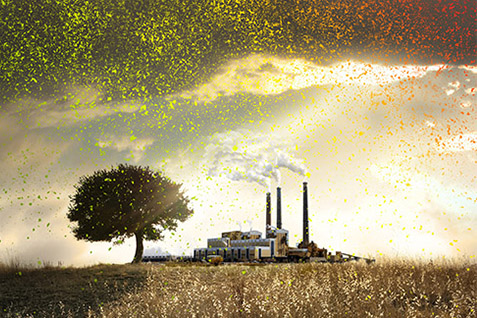
Natural Chemicals Transform Man-Made Particulates
Competition between two natural chemicals to coat and change atmospheric particles from fossil fuel combustion could improve accuracy of climate and air quality simulations.

Competition between two natural chemicals to coat and change atmospheric particles from fossil fuel combustion could improve accuracy of climate and air quality simulations.
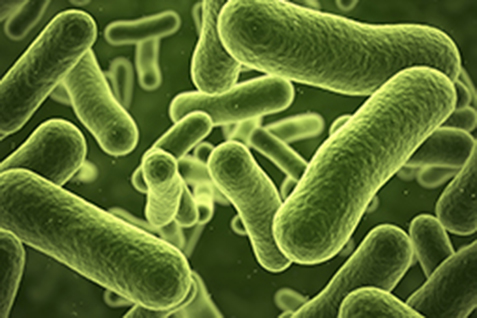
New code allows bacteria to thrive in the lab and offers seven “slots” to program in designer proteins for industry.
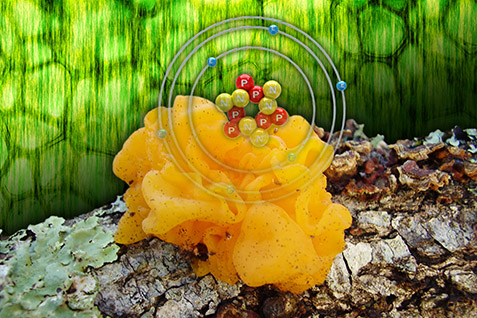
Analyses reveal diversity in carbon turnover and other degradation processes, offering insights for biofuel production.
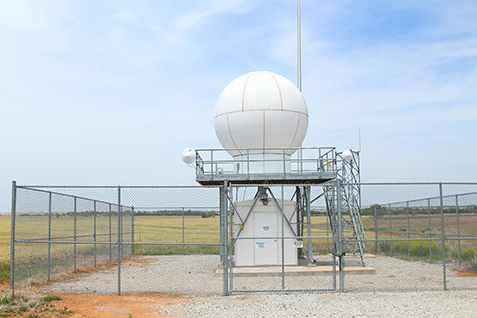
Data derived from these instruments will support climate model simulations of cloud processes.
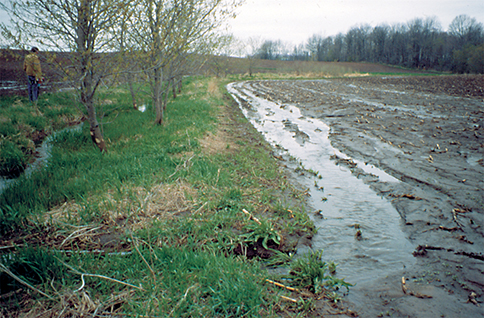
Understanding differences in modeling soil water will help scientists simulate how this moisture affects the climate.
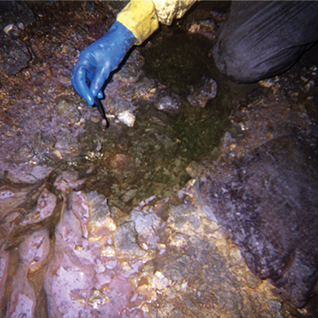
Mass spectrometry and high-performance computing combined, allowing scientists to study proteins that link internal processes to community attributes.
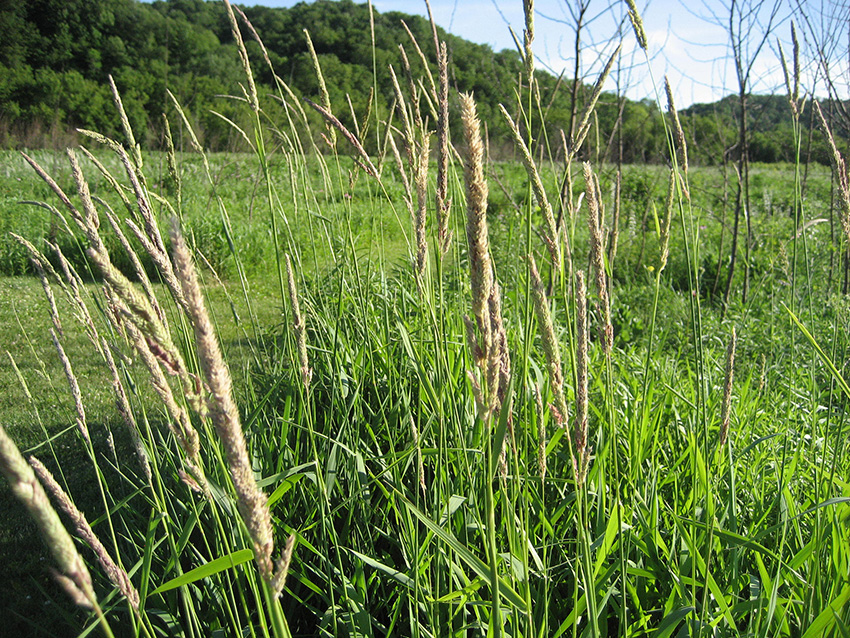
Community composition is vital to managing native grasslands amid climate and precipitation variations.
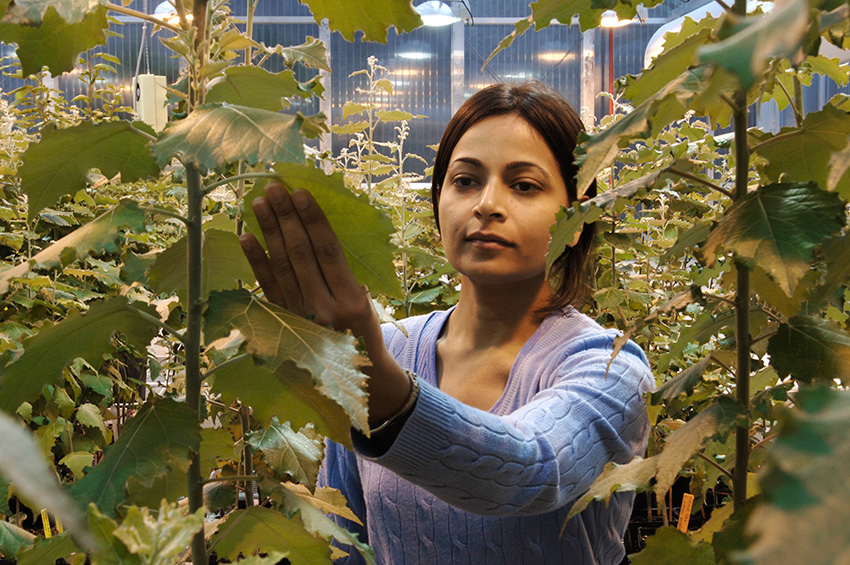
Genetic approaches will aid development of higher biomass-yielding, sustainable trees for bioenergy feedstocks.
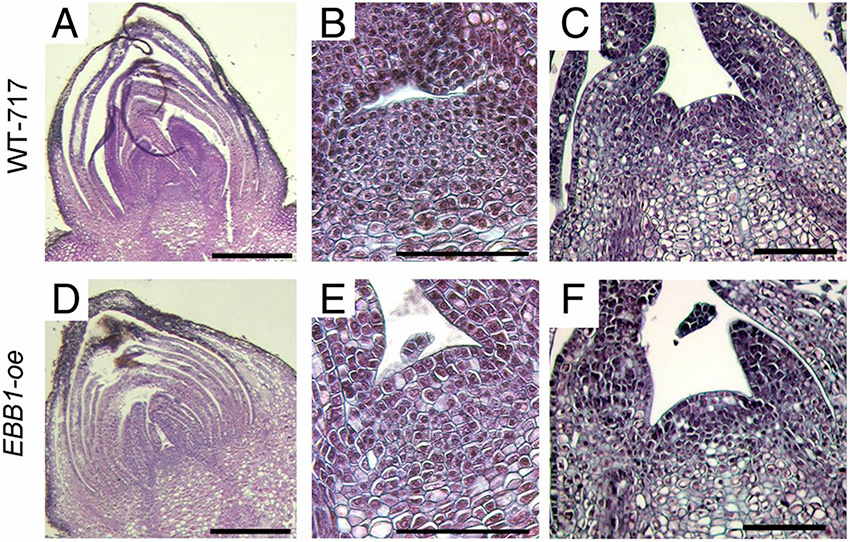
“Master regulator” gene will facilitate management and breeding of trees better adapted to changing environments.

Better understanding could lead to more cost-effective production of cellulosic biofuels.
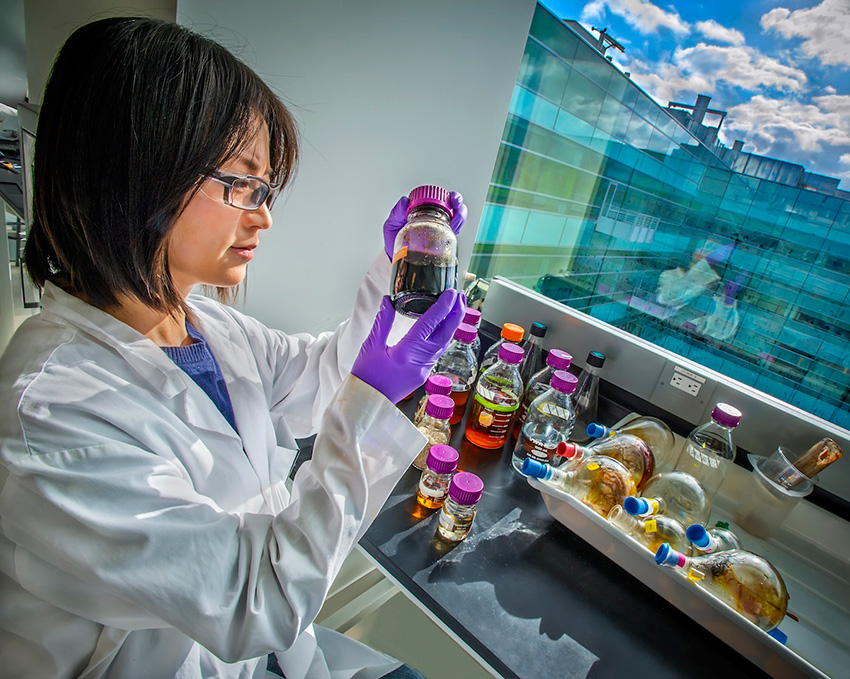
Recycling waste from biofuel production could lower cost for future biorefineries.
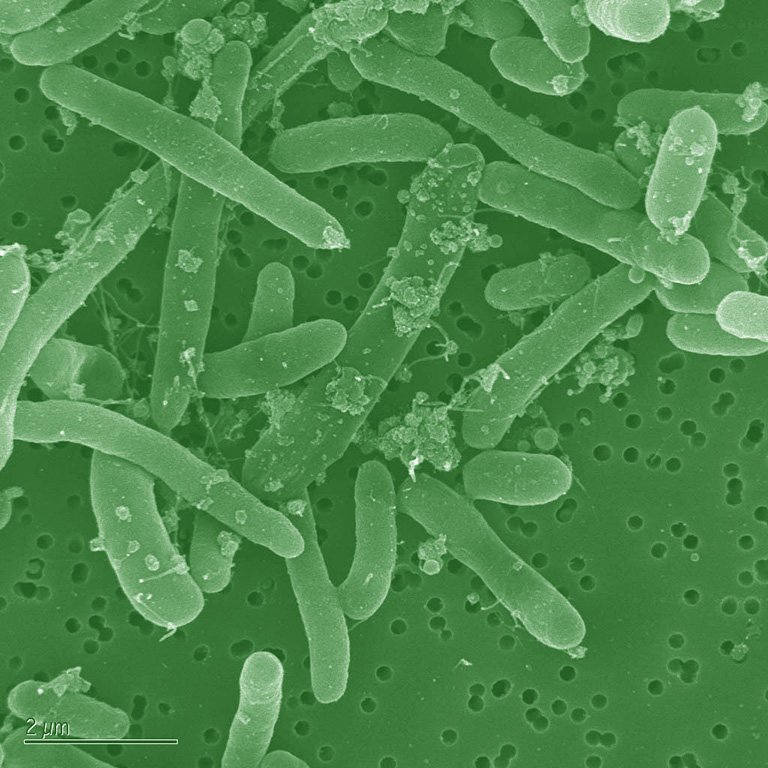
A novel E. coli fatty acid biosynthesis system could more efficiently convert biomass to desired products.
Signup for the Office of Science’s GovDelivery email service, and check the box for the Biological and Environmental Research Program in your subscriber preferences.
Subscribe